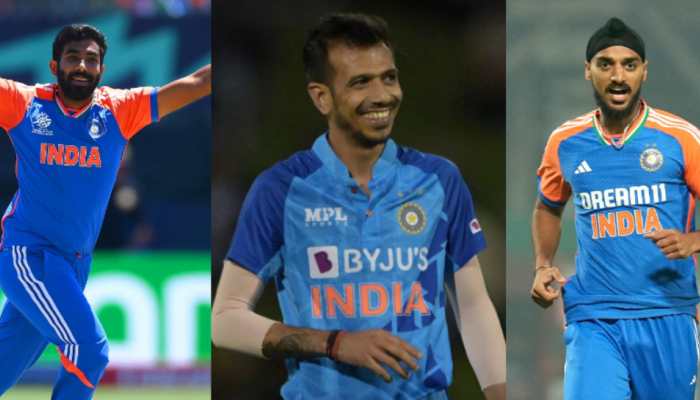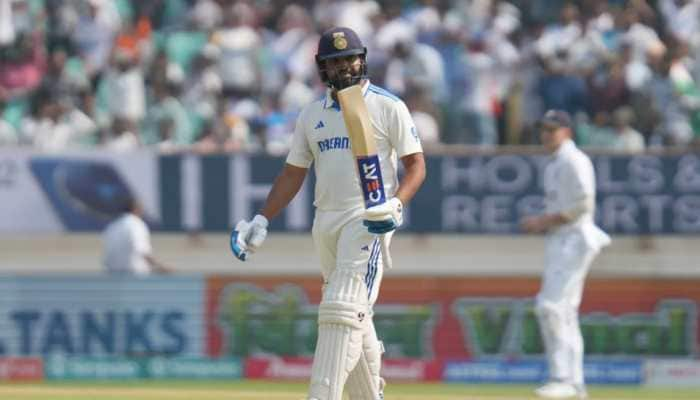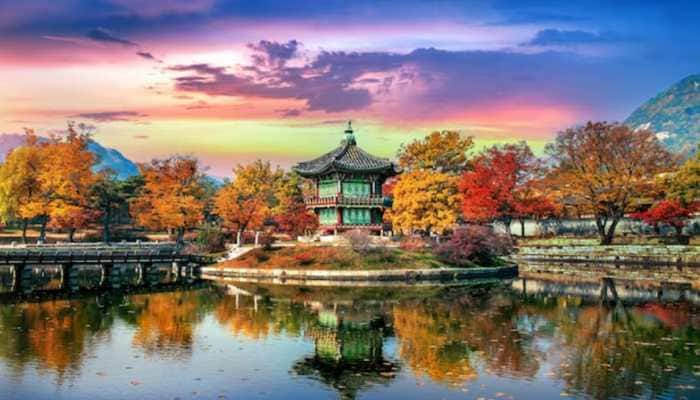Ecological balance crucial for food security in India: Shyam Khadka, FAO
Trending Photos
)
Shyam Khadka, the representative of the Food and Agriculture Organisation (FAO) of the United Nations in India, believes that South Asia with its huge population load will be a driving force for global SDGs particularly from the point of poverty reduction and food security. Excerpts from an exclusive interview to Ashok Kumar of OneWorld South Asia:
OneWorld South Asia: How will FAO help global communities achieve SDGs?
Shyam Khadka: FAO is the repository of most agriculture knowledge that will help to reach the Goal Two of SDGs that aims to end hunger, achieve food security and improve nutrition and promote sustainable agriculture.
FAO is the only specialised UN agency working for sustainable agriculture. In the case of India, too, agriculture productivity in the last 50 years has been immense but at the huge cost of depletion of ground water and deteriorating soil quality, an emerging area of concern for us.
OWSA: What could be the immediate repercussions of the degrading natural resources?
Khadka: Almost 30% of the land has degraded in India already, while about 20% of the blocks in India are water stressed. These are exactly the resources we actually need to cope up with the challenge of climate change.
Climate change will create a huge amount of variability. We have a situation where resources are quite depleted on one hand, while on the other the climate change is releasing more stress to the system. Therefore, the world is facing a problem in terms of availability of fresh water, in terms of soil quality, and in terms of forest cover.
OWSA: How do you look at India’s nutrition challenges?
Khadka: Usually, we assume that with increase in income, nutrition problem will sort itself out, but unfortunately that correlation is not working in India’s case.
FAO can be handy in trying to understand the links between agriculture developments, food security, poverty reduction, and how they interact with each other.
India, today, definitely has problem with malnutrition but obesity that is specific to urban areas is also becoming a problem. So, it is a serious misallocation of resources that the country is suffering from. At the end of the day, what will help you is providing knowledge to meet the SDG goals pertaining to No Poverty and Zero Hunger.
Even affluent families are struggling with significant micro nutrition deficiency, whether it is related to vitamins, or iron deficiency. This has more to do with unhealthy eating trends due to lifestyle rather than poverty.
Nutritious coarse grains like millets, Sorghum have given way to less nutritious options. India’s extensive Public Distribution System (PDS) has given a lot of access to grains at very low price but has narrowed down an individual diet.
Incidentally, Nepal and Bangladesh have half the income of India but nutrition is far better in these countries. At this level of income, India should have a far better level of nutrition than Bangladesh and Nepal. Therefore, there is a need to connect the missing links.
Without any additional expense to the exchequer by adopting healthy cooking and eating habits, India can regain and restore its nutritional health by mainstreaming nutrition related education.
OWSA: How is FAO helping agriculture in India to become more sustainable?
Shyam Khadka: We are in the process of working with the Indian government to contain desertification in the western state of Rajasthan by developing a Green Wall. We will be working on the Global Environment facility in India wherein we shall be treating about 800,000 hectares of dry land.
We also need to work in area of fertilizer application in the country which stands very imbalanced. We need to get back to traditional agricultural practices like Jhooming in hilly areas to restore soil productivity.
We have to introduce farming practices that can cope with the natural endowments of the region. For example, sugarcane farming should be discouraged in water scarce areas of Maharashtra and the state should still be producing some dry land crops including pulses.
Ecologically, even the green revolution should have happened more in the Gangetic plain than the Indus plain as the resource the endowment for green revolution is better in the former.
OWSA: How critical is the progress in South Asia for achievements of SDGs?
Shyam Khadka: Sub-Saharan Africa is very important geographically, but the largest number of poor and the malnourished in the world are still in South Asia. These are only two blocks of the world in which the SDGs will have to sail through.
In terms of population, all the SDG goals pertain to South Asia because the region has huge population load. Don’t forget that the entire African population is much less than India alone. Therefore, if South Asia doesn’t progress enough, there is actually no hope that the development goals will be achieved.
A large part of MDGs were achieved despite many countries failing because of significant progress in China and India. If China and India had faltered, then the MDGs would have faltered. Even if South Asia falls behind even by 10% in terms of SDGs, we are in big trouble.
OWSA: What are your plans for India in near future?
Shyam Khadka: India’s population is steadily increasing and we need to increase the food production by over 55% over next 15-20 years.
With the depletion of natural resources, FAO’s focus is making India’s agriculture much more sustainable. Therefore, we are working on the ground water replenishment.
India is a very diverse country in terms of production pattern and resource endowment. For example, in the North East, the growth of horticulture is far more than the crops. So, if the Northeast produces fruits and sends to rest of India, and the rest of India can supply foodgrain to Northeast, it will be easier to maintain the ecological balances, crucial for sustainable agriculture and the dependent livelihoods.
Transcription: Kamakshi Ahuja
Stay informed on all the latest news, real-time breaking news updates, and follow all the important headlines in india news and world News on Zee News.
Live Tv







)
)
)
)
)
)
)
)
)
)
